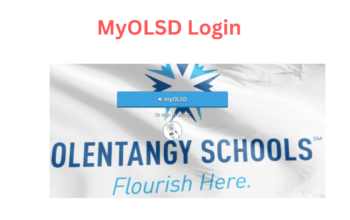Introduction
Distance education, also known as online learning or e-learning, has emerged as a powerful and transformative force in the field of education. Over the past few decades, advancements in technology and the internet have revolutionized the way knowledge is disseminated and acquired. This article explores the evolution, advantages, challenges, and future prospects of distance education, shedding light on its role in bridging the gap between traditional learning and the demands of the modern world.
A Historical Perspective
Distance education has its roots in correspondence courses, dating back to the 18th century, where students received study materials via mail. However, it was with the advent of radio and television in the 20th century that distance education truly gained traction. Radio broadcasting of educational content and later, televised courses, allowed learners to access knowledge beyond the physical confines of a classroom. Fast forward to the internet age, and the digital revolution took distance education to unprecedented heights, offering interactive and personalized learning experiences.
Advantages of Distance Education
2.1 Accessibility and Inclusivity: One of the most significant advantages of distance education is the ability to reach learners from diverse backgrounds, regardless of geographical boundaries. This democratization of education enables individuals with limited access to traditional educational institutions to pursue their dreams and ambitions.
2.2 Flexibility and Convenience: Distance education provides flexibility in scheduling, allowing students to study at their own pace and accommodate other commitments like work or family responsibilities. Asynchronous learning enables learners to access course materials and participate in discussions whenever and wherever they choose.
2.3 Personalization and Interactivity: Modern distance learning platforms leverage artificial intelligence and data analytics to offer personalized learning experiences. Adaptive learning systems can assess individual strengths and weaknesses, tailoring content to meet specific needs. Additionally, interactive features like live virtual classrooms and discussion forums foster engagement and collaboration among students and instructors.
2.4 Cost-Effectiveness: Distance education reduces the need for physical infrastructure, leading to cost savings for educational institutions. Students also benefit from lower expenses related to transportation, accommodation, and textbooks.
Challenges in Implementing Distance Education
3.1 Technological Barriers: While technology has facilitated distance education, it also presents challenges, particularly for learners without access to reliable internet connections or suitable devices. Addressing the digital divide is crucial to ensure equal opportunities for all.
3.2 Pedagogical Adaptation: Designing effective online courses requires a shift in instructional strategies. Educators must master the art of engaging learners in a virtual environment, balancing content delivery with interactive activities.
3.3 Social Isolation: Traditional classroom settings offer social interactions that can enhance the learning experience. Distance education may lead to feelings of isolation, requiring intentional efforts to foster a sense of community among learners.
3.4 Quality Assurance: Maintaining the quality and integrity of distance education programs is essential. Educational institutions must establish rigorous assessment methods to ensure academic rigor and prevent cheating.
The Future of Distance Education
4.1 Integration of Augmented and Virtual Reality: Augmented and virtual reality technologies hold immense potential in enhancing the online learning experience. Immersive simulations and virtual laboratories can offer hands-on training, making complex subjects more accessible.
4.2 Blended Learning: Blending traditional classroom teaching with online components can combine the benefits of both approaches. This hybrid model allows for face-to-face interactions while providing the flexibility of online learning.
4.3 Lifelong Learning and Continuous Skill Development: As the job market evolves, individuals must adapt continuously to remain competitive. Distance education will play a crucial role in offering accessible, lifelong learning opportunities that cater to changing industry demands.
Conclusion
Distance education has emerged as a game-changer in the world of learning, bringing education to the fingertips of millions. Its accessibility, flexibility, and personalization have opened new avenues for students and professionals alike. While challenges persist, continuous innovation and adaptation will shape the future of distance education, ensuring a more inclusive and efficient learning ecosystem for generations to come. As technology continues to evolve, the journey of distance education will undoubtedly be an exciting one, shaping the educational landscape for years ahead.


